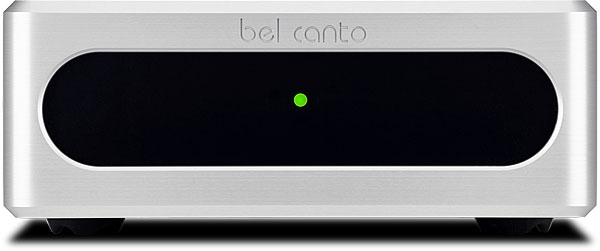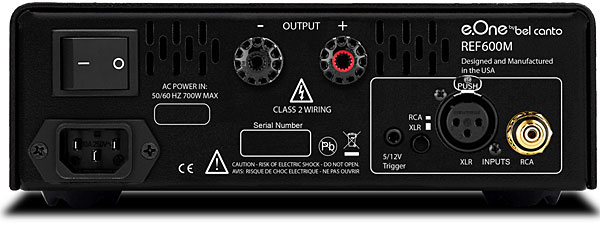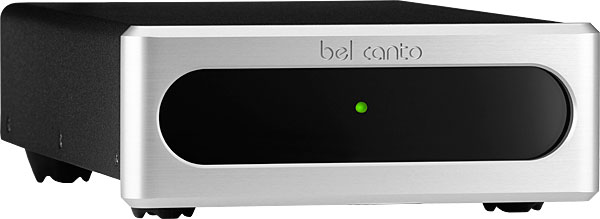| Columns Retired Columns & Blogs |
JA you never used to use this bench test filtering with Class D's, and in the past we got to see just what was coming out of these Class D speaker outputs.
But now with the Audio Precision's auxiliary AUX-0025 passive low-pass filter we're left screen shots and measurements of something that not representable of the product being tested.
Were the Class D manufactures complaining that the 1khz or 10khz square waves shots were looking more like a timber band-saw than a proper square wave?
In my view not a valid representation of the product on test.
Cheers George










































